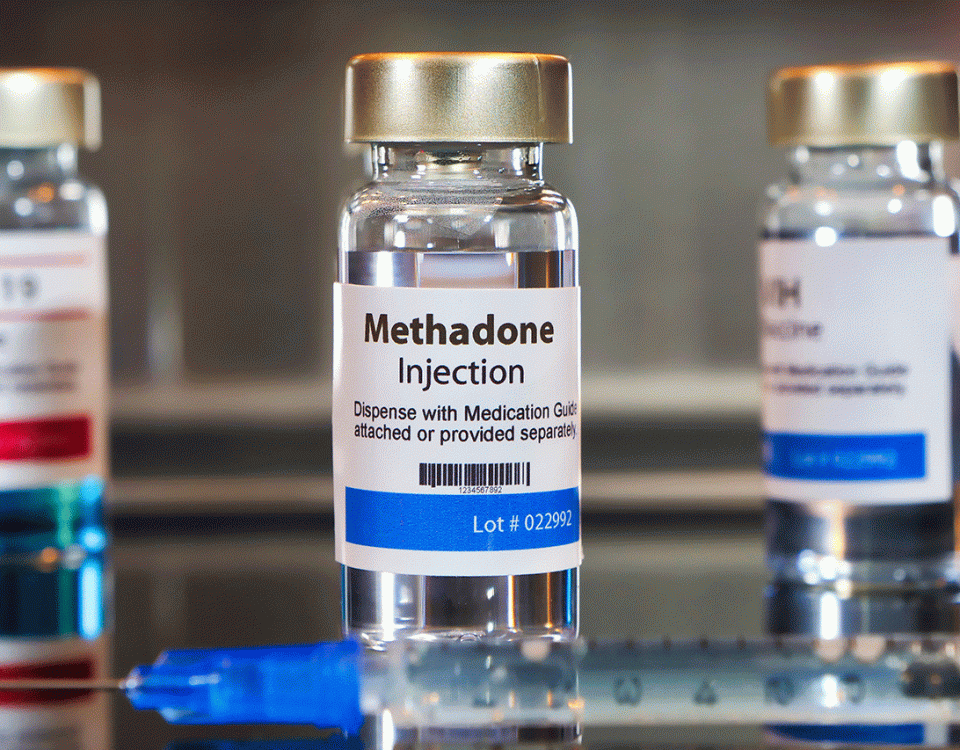While drug and alcohol abuse in veterans is a known issue, substance abuse in the military is itself a significant problem. The abuse of drugs and alcohol by active-duty military personnel is extremely problematic for several reasons. Active-duty service members who engage in substance abuse may struggle to make decisions, struggle to learn new information, perform poorly on the job, and place other individuals who work with them at risk. Drug use in the military can also cause problems in terms of readiness, discipline, and mental and physical health. It can also cause problems within the unit, disrupting the consistency that is so crucial to the safety of soldiers in battle.
Military Substance Abuse: Common Drugs Used in the Military
Certain substances are used more often than others in the military. The most commonly abused drugs in the military include alcohol and prescription drugs (including sedatives and opioid painkillers), more often than illicit drugs.
Alcohol
Research shows that drinking to cope with the effects of combat exposure and PTSD is common among active-duty service members. Alcohol abuse in the military is also linked to the stigma surrounding behavioral health treatment for PTSD.1
Studies have also shown that excessive alcohol use by military members results in an annual cost of $425 million. Excessive drinking is also estimated to result in 10,400 active-duty military members being unable to deploy and 2,200 being separated from service duty.2
Additionally, one-third of military personnel have either engaged in hazardous drinking behaviors or met the criteria for alcohol use disorder (AUD). Specifically, in the Marine Corps, almost half of the service members engaged in hazardous or disordered drinking.3
Illicit Substances
The use of illegal or illicit drugs in the military is not allowed. Testing positive for an illegal drug on a random drug test in the military can lead to a dishonorable discharge and potential criminal charges or jail time.
Fortunately, illicit drug use in active-duty personnel is relatively low. According to a 2015 survey, illicit drug use in the military was reported by less than 1 percent across all service branches and among both enlisted personnel and officers.4 By comparison, a self-reported survey of civilians suggests that around 1 in 5 young adults ages 18 to 25 (22.3% in the U.S.) engaged in illicit drug use in 2015.5
Prescription Drugs
While a no-tolerance policy on drug use in the military has resulted in low levels of illicit substance abuse among active-duty service members, the same cannot be said about prescription drug use. Rates of prescription drug abuse in the military are similar to those of the general population.
The majority of abused prescription drugs are opioids, which may originally be prescribed to treat pain caused by injuries resulting from combat or carrying heavy equipment. In 2009, military doctors wrote nearly 3.8 million opioid prescriptions, which quadrupled since 2001.6 Although the prevalence of prescription drug use in the military was lower in 2015, the problem is still ongoing.
Risk Factors for Substance Abuse in the Military
While there is no single reason that people drink or use drugs, there are various risk factors that may increase the likelihood of substance abuse. Additionally, certain types of military service, whether past or present, may be linked with additional risk factors.
Combat Exposure
The most common risk factor for substance abuse in the military is combat exposure. Those who have multiple deployments or tours may have an even higher risk of developing a drug or alcohol use disorder, as several deployments are linked to stress and trauma.
During deployment, service members may experience various types of trauma, including witnessing death, near-death experiences, serious injuries, hand-to-hand combat, and more. Those on their third and fourth tours or deployments report more issues, such as using medication to self-cope with combat-related stress, than those on their first or second deployments.7
Mental Illness
There are also “invisible wounds” that may contribute to increased substance use in military service members, such as post-traumatic stress disorder (PTSD), depression, and traumatic brain injury. Rates of depression are also five times higher among military members than among the civilian population.8
Unfortunately, substance abuse is a common coping mechanism for untreated mental health disorders. Not only do a quarter of military personnel show signs of mental illness, but PTSD is also 15 times more common among the military population than the civilian population.8 While substance abuse may seem effective in alleviating some symptoms of PTSD and other mental health disorders in the short term, over time, drugs can worsen these symptoms and lead to the development of a co-occurring addiction.
Injury
Due to the very active and strenuous nature of active-duty military work and course combat, there is an increased risk of injury. Treatment for injuries usually involves prescription opioids or painkillers, which have a high potential for abuse and addiction. Misuse of these drugs is common among military personnel, as well as prescription drug addiction.
Military Culture
Finally, military culture plays a major role in the misuse of drugs and alcohol in the military. Turning to alcohol to unwind or otherwise cope with the challenge of military life is common and widely accepted in the military.
Alcohol is also widely available on military bases at discounted rates, and service members have many opportunities to drink. Many military personnel describe themselves as “social drinkers.”
Social drinking may occur at the end of the workweek, on a field day, or as part of celebrations for retirements, promotions, and more. Members may also see drinking as a way to bond with their comrades or may feel peer pressured to drink to fit in with everyone else.
Recreational drinking is also common on military bases, which refers to drinking to alleviate boredom associated with the lack of activities to do on and around bases. One research participant shared, “You’re in the middle of nowhere. You go down to the Exchange, and there is cheap beer. So you go back to the barracks and get drunk.”9
Ritualized drinking and using alcohol as a coping mechanism for stress, boredom, loneliness, and other negative feelings can lead to an alcohol addiction down the line.
Military Substance Abuse Programs
Banyan Treatment Centers understands the need for mental health and drug addiction treatment for veterans and active-duty, which is why we offer a Military and Veterans in Recovery program at each of our nationwide facilities. Through the use of evidence-based techniques like cognitive behavioral therapy (CBT) and physical treatment options like medical detox, we treat both the physical and psychological impact of drugs, alcohol, mental illness, and military work.
If you or a loved one needs veterans or military addiction treatment, look no further. Call Banyan today at 888-280-4763 to learn how to get started.
Sources:
- National Library of Medicine - Combat Experience and Problem Drinking in Veterans: Exploring the roles of PTSD, coping motives, and perceived stigma
- National Institute of Alcohol Abuse and Alcoholism - Alcohol and Stress in the Military
- RAND - 2015 Health-Related Behaviors Survey Substance Use Among U.S. Active-Duty Service Members
- National Library of Medicine - 2015 Department of Defense Health Related Behaviors Survey (HRBS)
- SAMHSA - Key Substance Use and Mental Health Indicators in the United States: Results from the 2015 National Survey on Drug Use and Health
- National Academies - Substance Use Disorders in the U.S. Armed Forces
- National Library of Medicine - Military Combat Deployments and Substance Use: Review and Future Directions
- NAMI - Veterans & Active Duty
- National Library of Medicine - Socio-cultural factors that foster use and abuse of alcohol among a sample of enlisted personnel at four Navy and Marine Corps installations
Related Reading:








